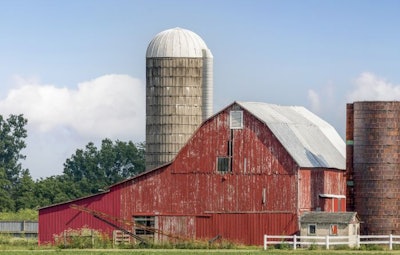
Publications and promotional materials intended for the agricultural industry will reach outside audiences, so it is important that extra care is taken in not only the words used, but also the images that are selected.
Filament President Megan Hayes explained why during the Animal Agriculture Alliance pre-conference webinar, Expanding the Base: What Companies and Organizations are Doing to Promote and Protect Animal Ag, held on May 3.
Filament is a marketing agency dedicated to helping agricultural clients.
Hayes said she learned earlier in her career just how widely-read articles targeted to agricultural professionals are. At the time, she was working for a dairy industry publication, and while attending a panel discussion between the dairy industry and animal rights group Humane Society of the United States (HSUS), she was surprised to hear then-HSUS leader Wayne Pacelle reference an article written by her boss.
“Animal activists are reading the same publications that we are using to educate and communicate to our own industries,” said Hayes. “There was nothing wrong with that he had written, but it was an eye-opener about how the words and images that we use make a difference.”
Placing her focus of the talk on photos and images, Hayes said while you may think the people who see your published materials are already well familiar with your business and industry, that won’t always be the case, so be very careful on the images you choose.
“Images matter, so we’re always making sure the images we are selecting are appropriate for consumers,” she said. “If we’re talking about a calf, it’s a calf. If we’re talking about a heifer, it’s a heifer. If we’re talking about a gilt, it’s a gilt.”
Hayes advised to also make sure all images are consumer-friendly. Even though agricultural enterprises are communicating with he farmer about their products and services, they are also advocating for the agriculture industry on a day-to-day basis, whether they realize it or not.
She also advised against using nostalgic-looking images of farms. Pictures of red barns, for instance, should be avoided.
“In our own marketing, we make sure that every single icon or image that we’re using is realistic and representative of today’s agricultural industry,” Hayes said.

















